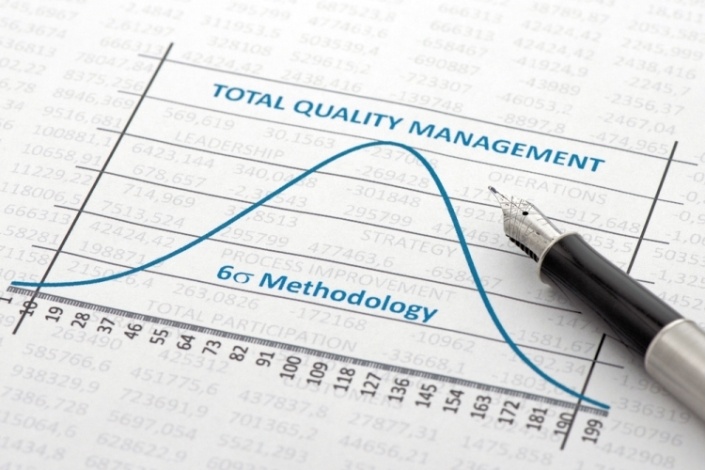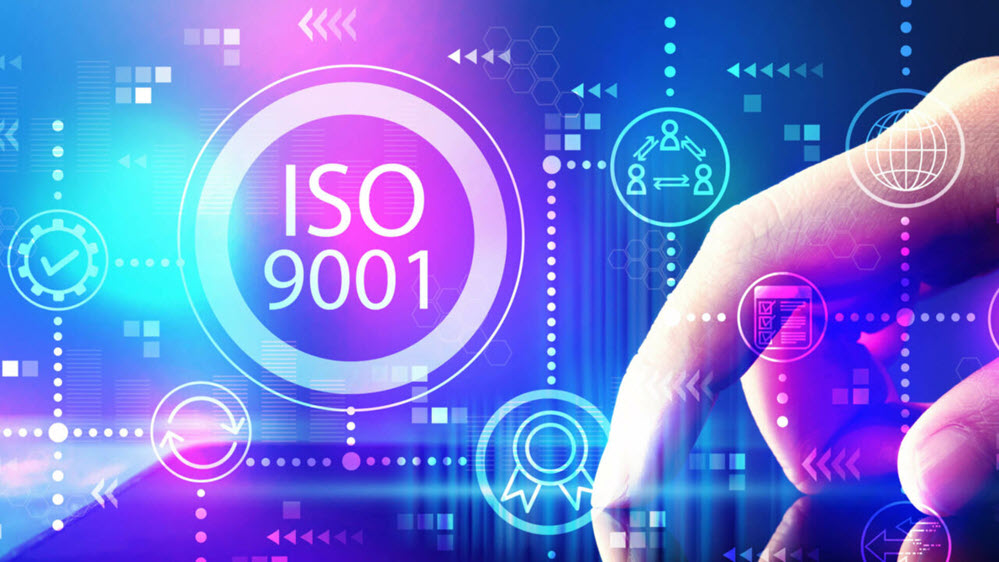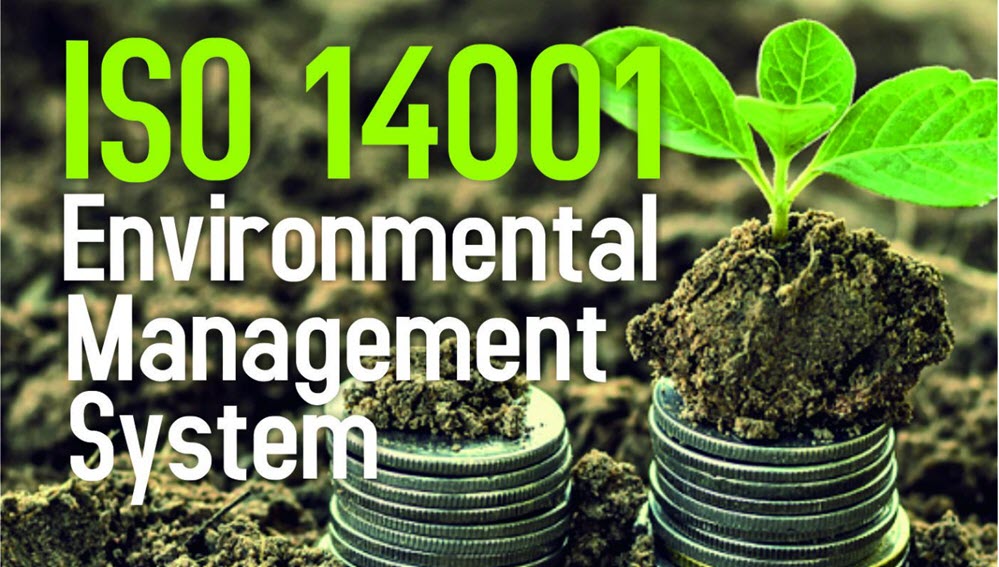EQMS Blog

A Beginner’s Guide To Six Sigma
Six Sigma is a Total Quality Management model that has been used by the likes of Motorola and General Motors, as well as a host of other large manufacturing businesses. In fact, the term Six Sigma and the specific methodology were introduced by Motorola and while the methodology has obvious benefits in the manufacturing industry, it can also be applied to businesses of any size and in any industry. Essentially, any business that can benefit from cutting waste and improving quality and customer service can implement six sigma processes to improve their business.
There are two principle methodologies behind six sigma (DMAIC and DMADV). Both have a goal of minimising defects to less than 3.4 per million opportunities, are data intensive, and both need to be implemented by a process owner that is responsible for the introduction of the Six Sigma process. In most cases, it is beneficial to have a team that is set up specifically to deal with the management and overseeing of these processes. Although both processes are considered lean six sigma methodologies, and the acronyms look similar, they are quite different. One model should be used to improve existing processes, while the other should be used to design and implement new processes that will help optimise an area of business performance.
DMAIC
- Define – Define the problem with an existing process or product.
- Measure – Collect accurate and reliable data in order to measure the efficiency and quality of those existing products.
- Analyse – Use the data that you collect and analyse it to determine the primary root causes of any problems that exist and that you are looking to overcome and improve.
- Improve – Using the analyses and data that you have gathered, improve upon the process before testing the improvements to determine their effectiveness.
- Control – Control your updated process and look for defects. Gather data for further analysis, and to start the DMAIC cycle once again.
When is DMAIC Used?
As you can see from the steps of the process, DMAIC is designed for use when looking to improve on existing processes. It should be considered an ongoing cycle, based heavily on cold and hard data, because this will enable your organisation to make continuous improvements.
Although most organisations implement DMAIC after they have determined that products or services are not meeting customer requirements, the best quality management system constantly looks to make ongoing improvements. DMAIC can be implemented at any time to improve quality, to benefit customer experience, and to improve customer retention and word of mouth marketing.
DMADV
- Define – Define the requirements of customers and internal stakeholders. Use this information to further define the goals of new processes that will be implemented.
- Measure – Measure the processes that add value and increase quality to the end product. This should include everything from production capabilities to the risks associated with a process.
- Analyse – Analyse different process designs, and use this analysis to help you determine which is the best process for your requirements.
- Define – Create a detailed and extensive design of a process, using your DMADV analyses and ensuring that the process will meet the requirements from the definition stage.
- Verify – Collect data and analyse results to measure the effectiveness of your new process. Once a process is established, you may choose to implement a DMAIC process for further improvements.
When is DMADV Used?
DMADV is a six sigma process that is used to help design and implement new processes. These new processes are used to help improve productivity and to reduce waste. Although this includes a verification stage, that monitors results, an organisation may choose to use a different quality management model, such as DMAIC, to further optimise business processes. DMADV and DFSS are generally considered to be the same model of six sigma and the two names are used to refer to the same process.
The Importance of Good Data
Both systems are heavily dependent on the use of reliable, accurate, and timely data. The better the quality of data that you can gather, and the more data you can collect, the more reliable the process you create or the improvements that you make to existing processes. If data is missing during the collection stage, this means that your process design will be missing vital stages or built on missing information.
It may be necessary to conduct data analysis to determine which of these models is required. If you have processes in place, then it may prove beneficial to improve these processes, but through data analysis and measurement, you may determine that new processes are required.
Using Quality Management Tools
Numerous quality management tools, data analysis, and production measurement tools can be used in each of the stages of the process. Finding the right tools not only means choosing the right tools for the process, but also considering the skill set and the talents of your quality management team. If your team is equipped to handle large volumes of data and to create meaningful analysis of this data, then you will benefit.
If you are interested in training using quality management tools or would like to hear how we can improve the efficiency of your business, then we would love to hear from you.
Continue to Training
Request a free consultation
Contact us to discuss your needs and see how we can support to reach your goal.

Recent posts

Quality management systems are essential in ensuring that organisations can deliver quality products and services consistently. The International Organisation for Standardization (ISO) developed the ISO 9001 standard to help organisations...

ISO 14001 is a globally recognised standard for environmental management systems (EMS) that helps organisations manage their environmental impact and improve their sustainability performance. Obtaining this certification demonstrates a company's...

In today's business environment, companies are looking for ways to streamline their operations, reduce costs and improve their bottom line. One area where businesses can achieve these goals is by...
Just a Few of Our Clients
Request a Free Consultation
Contact us to discuss your needs and see how we can support to reach your goal.












